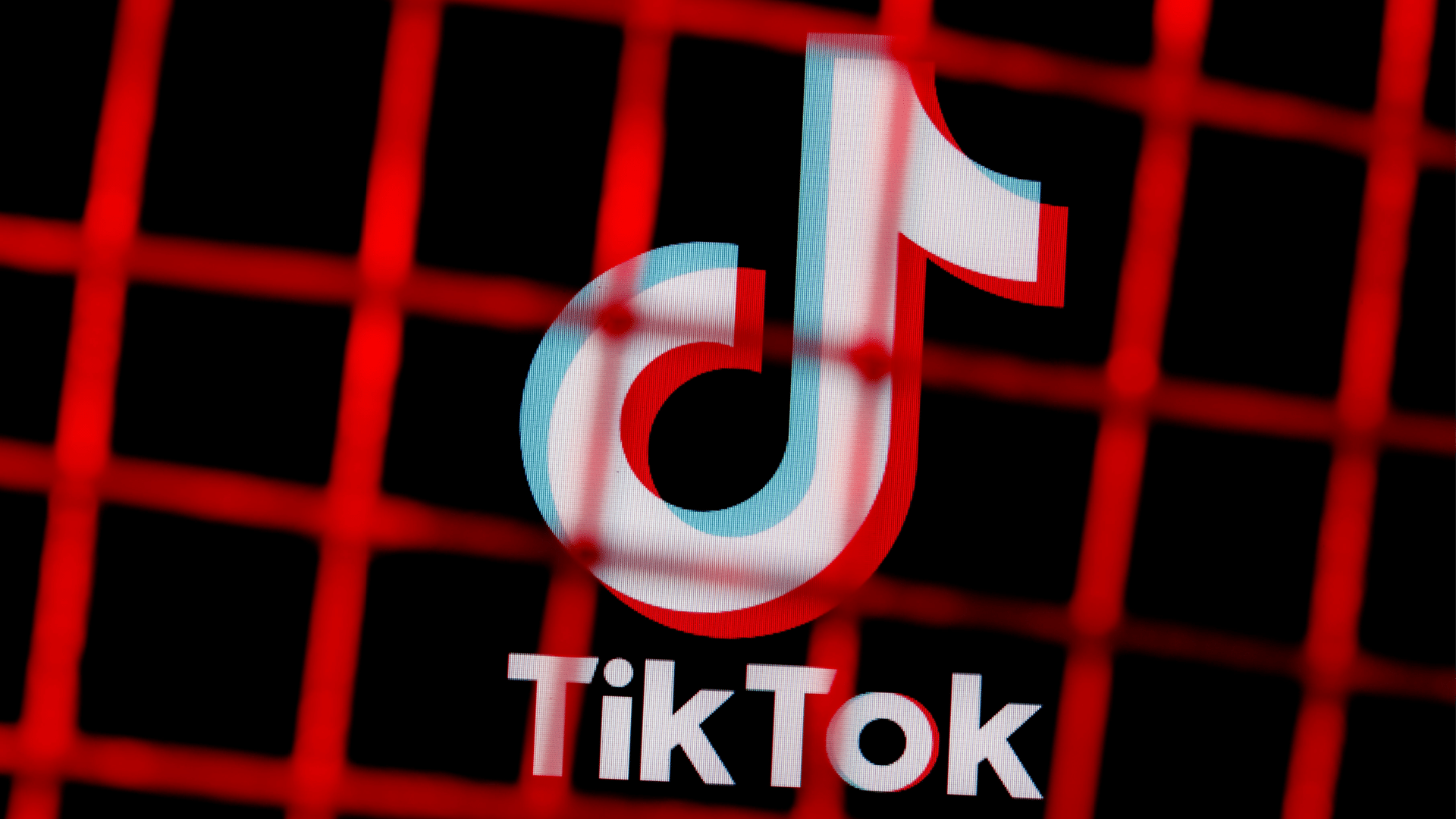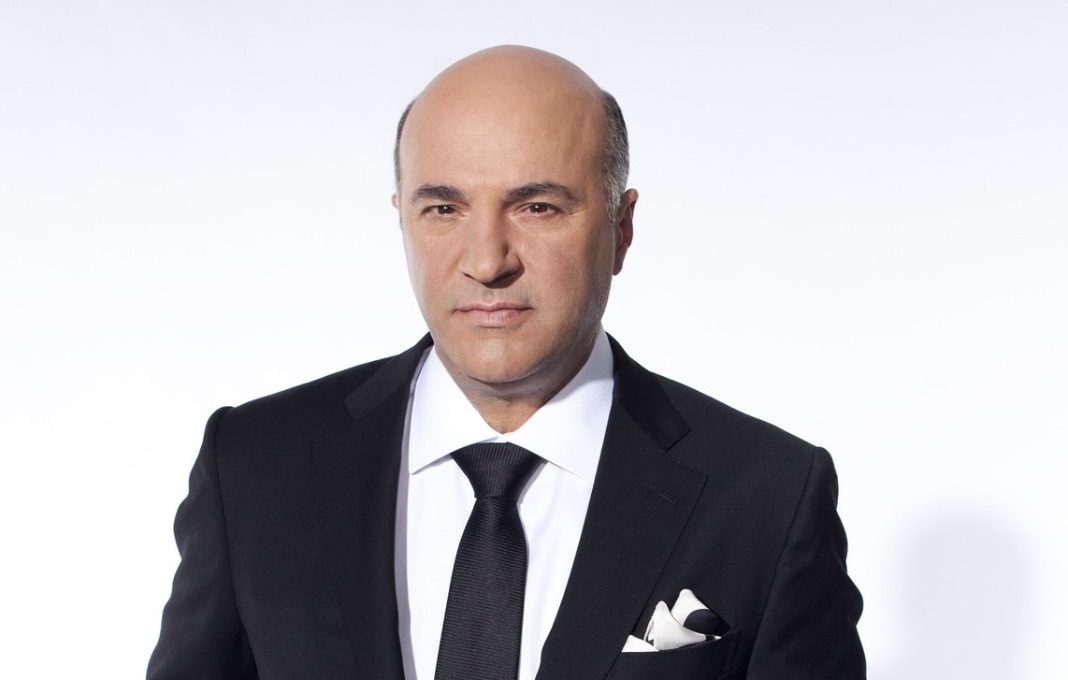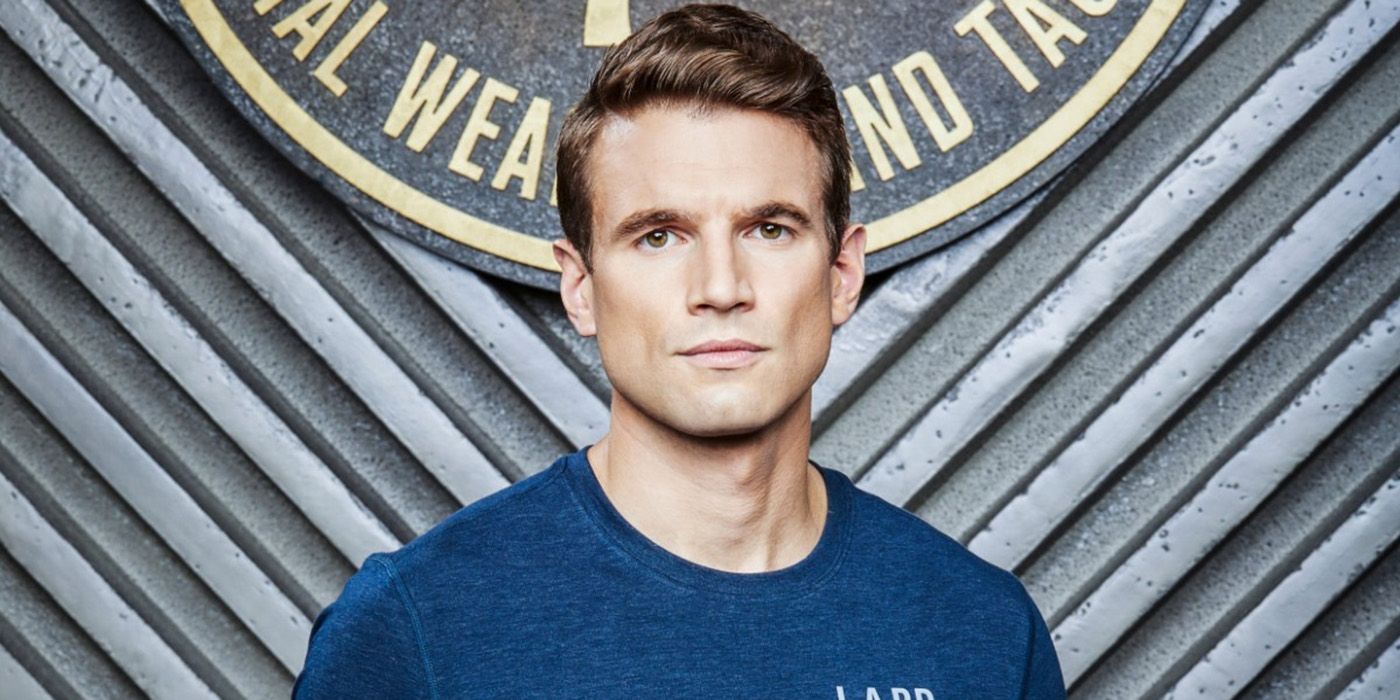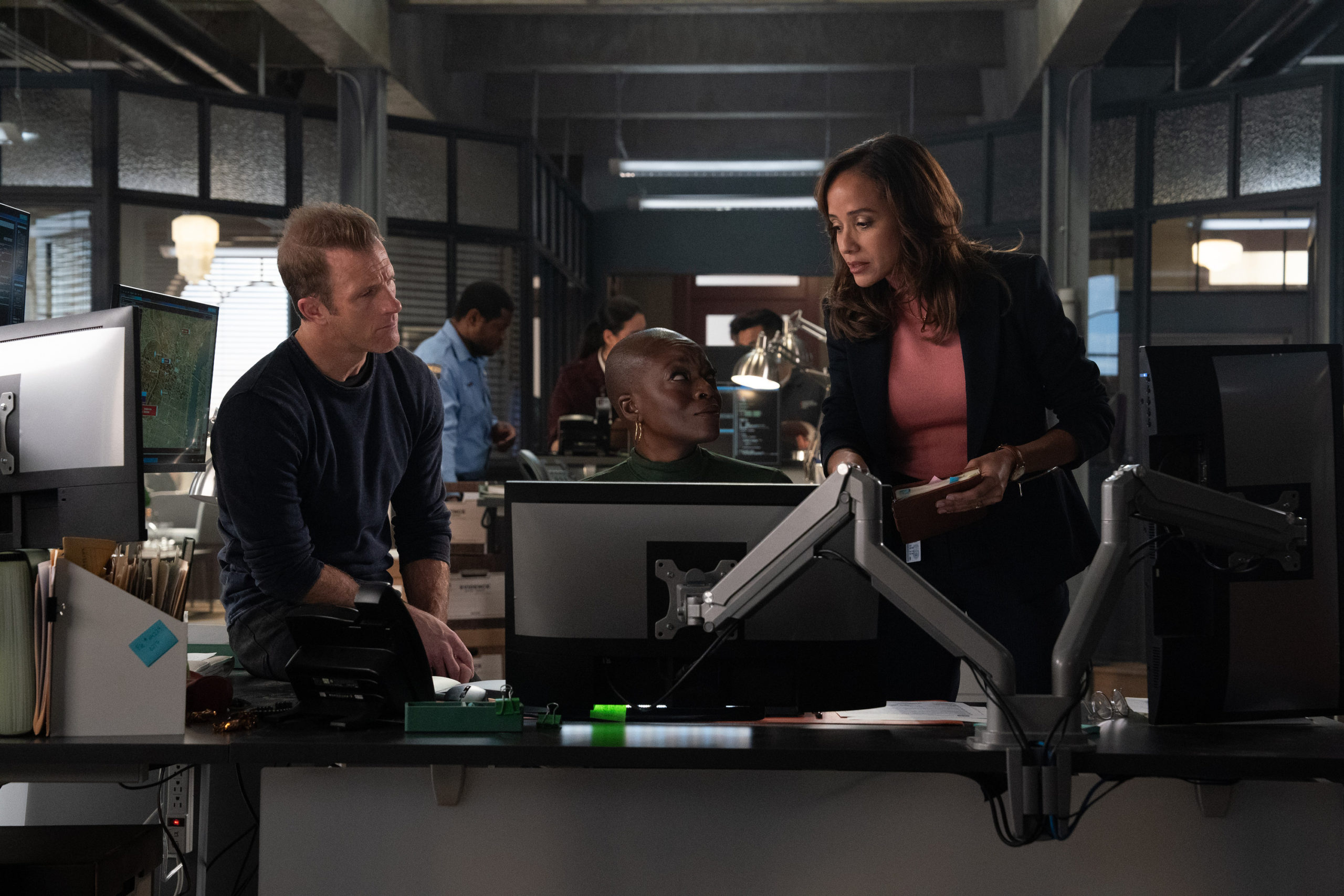It’s a familiar narrative: you’re grappling with a “legacy system” that falls short of modern standards and fails to keep pace with the evolving demands. It’s time for a radical overhaul–it’s time for a “digital transformation.”
My initiation into digital transformation occurred when I worked at a university, where we transitioned our administrative operations from a dated green screen mainframe system to a leading-edge web-based solution. During that project, I discovered a truth that has resonated in every digital transformation I’ve engaged with over the past 30 years: these monumental efforts are fundamentally about people.
It would be natural to pivot to a discourse on change management, which signals how we weave the human experience and capacity for change with the technology changes. But in a thought piece that centers on humans, I want to share three stories about what it means to acknowledge our humanness in the context of digital transformation.
The Parable of the Stapler. Early in the digital transformation journey, it’s crucial to communicate the entire process and ultimate vision to all stakeholders, particularly those on the front lines who will be directly impacted. Reflecting on my early career as a payroll and compensation specialist, I recall the mountains of paperwork I processed daily. As a standard practice, we copied every document, filing one set in the employee records and returning the signed copies to their respective departments. In the mid-1990s, our organization invested millions of dollars in a cutting-edge system that would eventually transition manual, paper-driven processes to digital ones.
When my director interviewed me and my colleagues (what we would call “discovery” today), he asked, “What do you need to do your work more efficiently?” I replied earnestly, “I could really use an electric stapler.” I meant it, without irony or sarcasm.
Digital transformation strategies must prioritize the involvement of current workforce members and consider how they will operate in the future landscape. The mere acquisition of new solutions doesn’t automatically clarify the process, goals, and objectives. Elaborate roadmaps and timelines must account for the individuals who will directly feel the impact of the changes.
A few days after the interaction with my director, a sleek electric stapler materialized on my desk, a tangible offering to acknowledge my immediate need and a reminder to think of the evolving efficiencies ahead.
You Need to Pass Through Reno. I once worked with a visionary leader who recognized the need to enhance how we delivered a marquee program to our customers. Implementing this improvement necessitated a substantial digital transformation. Our product leadership team sprang into action, devising a comprehensive three-phase roadmap designed to incrementally deliver value at each step. With the final phase, all envisioned improvements would be complete.
The plan was rejected. Leaders wanted to skip immediately to the end state because a phased approach would take too long. As knowledge experts, we countered, “If you’re headed west on Interstate 80, you pass through Elko and Reno on your way to San Francisco.” We were directed to head immediately to San Francisco, metaphorically of course.
Digital transformation may begin with an inspired vision for change, but we rely on people to execute the vision. Trust the experts on your team–even if they tell you that you’ll need a pit stop in Winnemucca. (No offense to Nevada. I love the west desert!)
I Need to See a Guy about a Horse. Early in my career, I worked for a small business that sourced subject matter experts sought after for court testimonies. The business of connecting lawyers with experts was a fascinating one. The business owners dedicated extensive hours to meticulously vetting experts, documenting their skills, and archiving them for future reference. The portfolio consisted of people who knew everything from the intricate mechanics of car engines to cutting-edge developments in DNA research.
One memorable day, as the paralegal paused her call, she asked, “Do we have an expert who can speak to the behavioral patterns of horses during parades?” The lawyer on the line was gearing up to defend a case involving a horse that had bolted into a crowd of parade spectators. They weren’t simply seeking a generic horse expert, those are easy to come by. What they truly required was someone with a deep understanding of equine reactions in moments of unexpected chaos.
Having been involved in numerous digital transformation initiatives, I can affirm that not all consultants are true experts, and even among experts, competencies vary widely. When embarking on a digital transformation project, assembling the right team is critical. If you discover that a designated project member lacks expertise, make a change, and do it quickly. If your expert specializes in Palominos but your project revolves around Lipizzaner Stallions, it’s okay to find a ranch hand with a better-matched skill set.
Digital transformation projects are significant undertakings for most organizations. In the mix of all of the traditional ideas about change management (how we help manage people through change), leaders should consider a human-centric approach to digital transformation. People are affected in ways that might not always be obvious, but if we understand individual needs, the transformation will occur for them even as we work on the digital transformation. Experts enable digital transformation, and you should make sure you have a team assembled that can speak to your specific business needs. It’s always good to remember that on the road to transformation, there may be some stops along desert byways. But if we trust our expert guides, we’ll get to see the ocean sunset that we envisioned.
Written by Wendy Davis.
Have you read?
Greatest military strategists and leaders in history who have excelled in wartime.
Top countries that admire their CEOs and other C-suite leadership teams the most.
Top Women CEOs of America’s largest public companies (2023 List).
CEOs Of The Top Footwear Companies You Should Know.
Top CEOs of the World’s Largest Media Companies In 2023.
Best International High Schools In The World, 2023.
Add CEOWORLD magazine to your Google News feed.
Follow CEOWORLD magazine headlines on: Google News, LinkedIn, Twitter, and Facebook.
This report/news/ranking/statistics has been prepared only for general guidance on matters of interest and does not constitute professional advice. You should not act upon the information contained in this publication without obtaining specific professional advice.
No representation or warranty (express or implied) is given as to the accuracy or completeness of the information contained in this publication, and, to the extent permitted by law, CEOWORLD magazine does not accept or assume any liability, responsibility or duty of care for any consequences of you or anyone
else acting, or refraining to act, in reliance on the information contained in this publication or for any decision based on it. This publication (and any extract from it) must not be copied, redistributed or placed on any website, without CEOWORLD magazine’ prior written consent.
Copyright 2024 The CEOWORLD magazine. All rights reserved. This material may not be published, broadcast, rewritten, or redistributed. For media queries, please contact: info@ceoworld.biz
SUBSCRIBE NEWSLETTER



































































